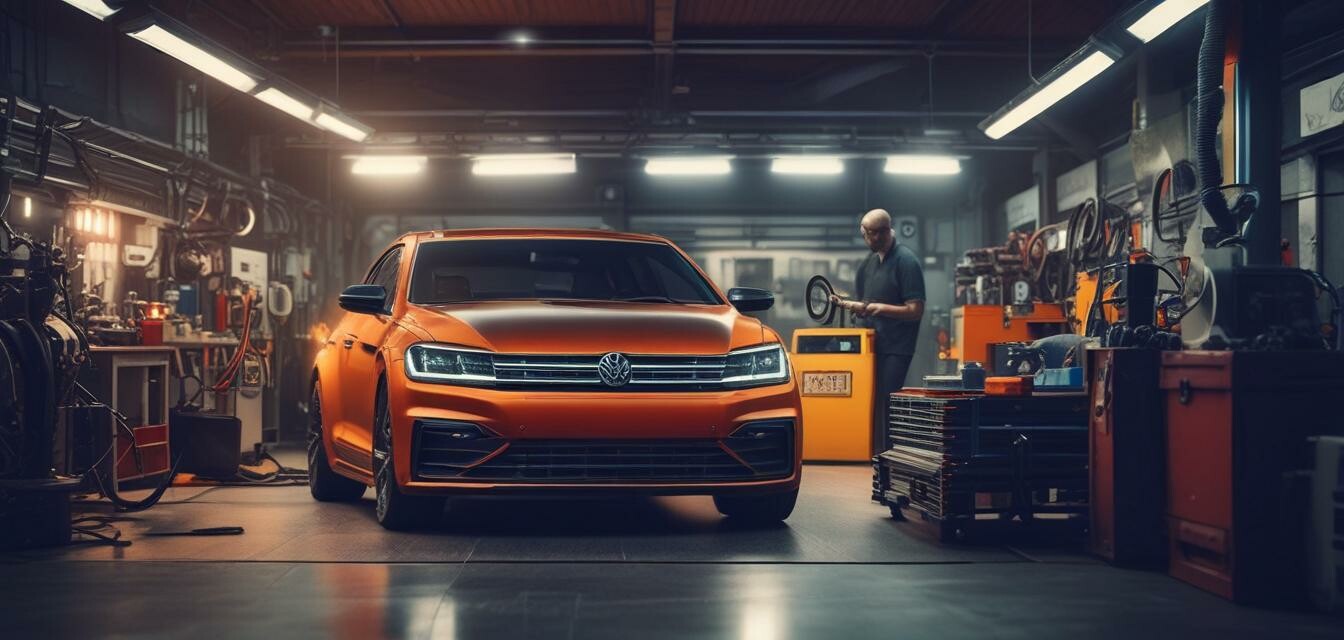
How to Re-tune Your VW Engine After Modifications
Key Takeaways
- Always use a reliable tuning software after modifications.
- Monitor engine health and performance throughout the tuning process.
- Consider both the hardware modifications and the tuning adjustments.
- Consult with an expert if unsure about specific tuning parameters.
- Test your vehicle under real-world conditions after tuning.
If you've recently made significant upgrades to your Volkswagen, the next critical step is to re-tune your engine. This process is essential to ensure that your car runs optimally and benefits from the modifications you've made. In this guide, you'll learn the necessary steps, tools you’ll need, and common pitfalls to avoid in re-tuning your VW engine.
Why Re-tune Your VW Engine?
After modifying your vehicle's performance parts, an engine re-tune is necessary to achieve the best performance and reliability. Here are some reasons why re-tuning is vital:
- Poor engine performance can lead to decreased fuel efficiency.
- Adjusted parameters help avoid engine knock and increase longevity.
- Ensures that your modifications fulfill their intended purpose.
Steps for Re-tuning Your VW Engine
1. Gather Required Tools
Before you begin, ensure that you have the following tools at your disposal:
- OBD-II scanner
- Computer with tuning software
- Data logging tools
- Basic hand tools (wrenches, sockets)
- Dyno or performance testing equipment (optional but recommended)
2. Assess Engine Condition
Before diving into the tuning process, it's critical to assess the engine's condition:
- Check for any leaks or existing engine issues.
- Inspect all modified parts to ensure proper installation.
- Run a diagnostic using the OBD-II scanner.
3. Load Base Map
Using your tuning software, load the base map that corresponds to your specific upgrades.
4. Make Adjustments
Adjust parameters such as:
- Fuel maps
- Ignition timing
- Boost levels (if applicable)
5. Data Logging
Monitor your engine's performance by using data logging tools:
- Log RPM, speed, air-fuel ratio, and other parameters while driving.
- Note any irregularities in performance.
6. Dyno Testing
Once you've made your adjustments, it's highly recommended to perform dyno testing:
- This step measures horsepower and torque to verify performance gains.
- Adjust your tuning based on dyno results.
7. Real-World Testing
After dyno testing, take your VW for a real-world performance test:
- Monitor the engine's reaction in different driving conditions.
- Adjust tuning as necessary based on your observations.
Tips for Successful Re-Tuning
- Follow manufacturer guidelines for recommended tuning parameters.
- Join online VW tuning communities for tips and shared experiences.
- Keep your tuning software up to date for the best performance results.
Common Pitfalls to Avoid
Re-tuning can be tricky, and there are several pitfalls to watch out for:
- Skipping diagnostics or overlooking warning signs in the engine.
- Using unsuitable base maps that don’t fully complement your upgrades.
- Neglecting to test drive after each significant tuning adjustment.
Conclusion
Re-tuning your VW engine after modifications is a crucial step that ensures you're getting the maximum benefit from your enhancements. With proper tools and careful adjustments, you can fine-tune your car for performance while ensuring reliability. Always remember to consult an experienced tuner if you encounter any issues and enjoy the newfound power and efficiency of your VW.
Pros
- Improved engine performance after modifications.
- Helps in extending engine life with proper tuning.
- Potentially better fuel efficiency with optimal settings.
Cons
- Tuning mistakes can lead to poor performance.
- Requires specific tools that might be expensive.
- Can be complex if you're unfamiliar with tuning software.
Further Reading
Interested in learning more about the VW tuning process? Check out our other guides:
- How to Tune Your Exhaust System
- Upgrading Suspension for Better Handling
- Best Performance Parts for Your VW
- Shop Performance Parts
- Explore Interior Enhancements
